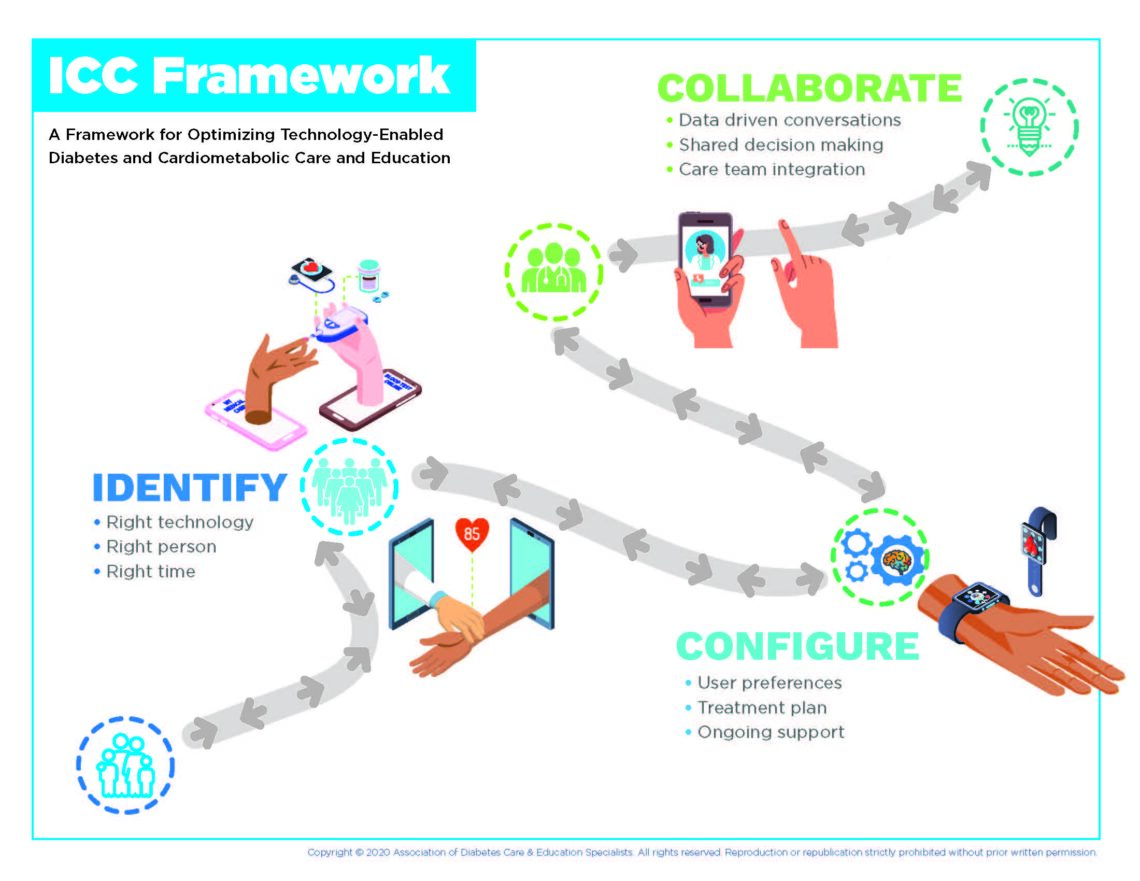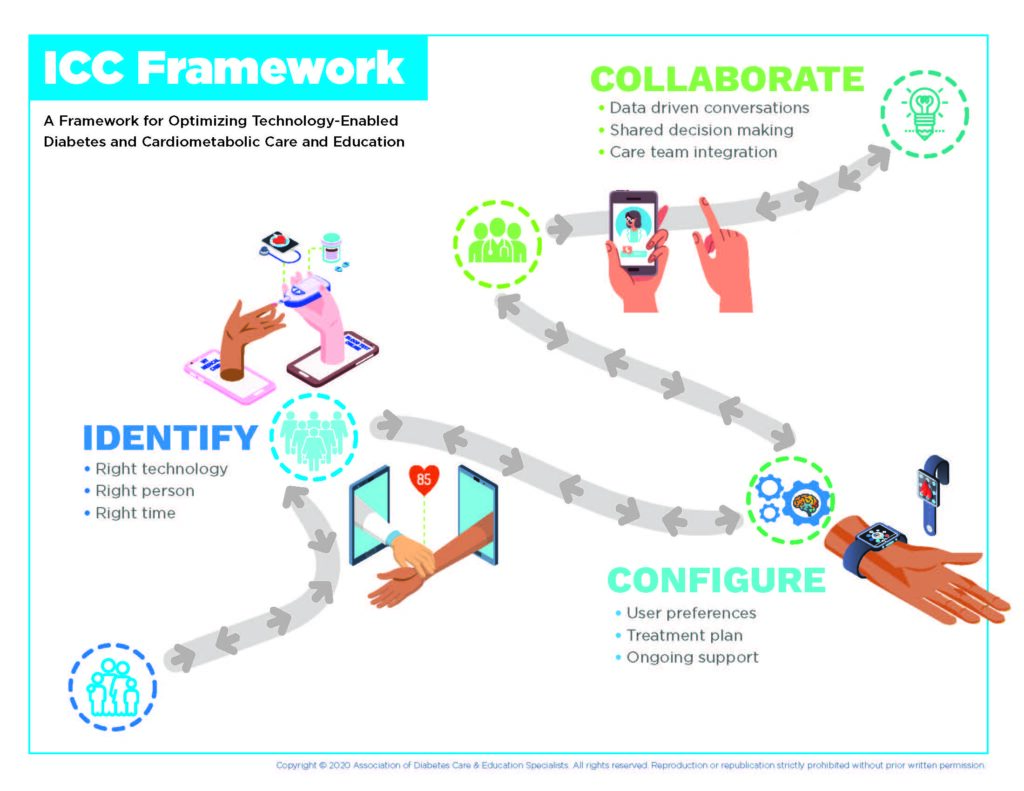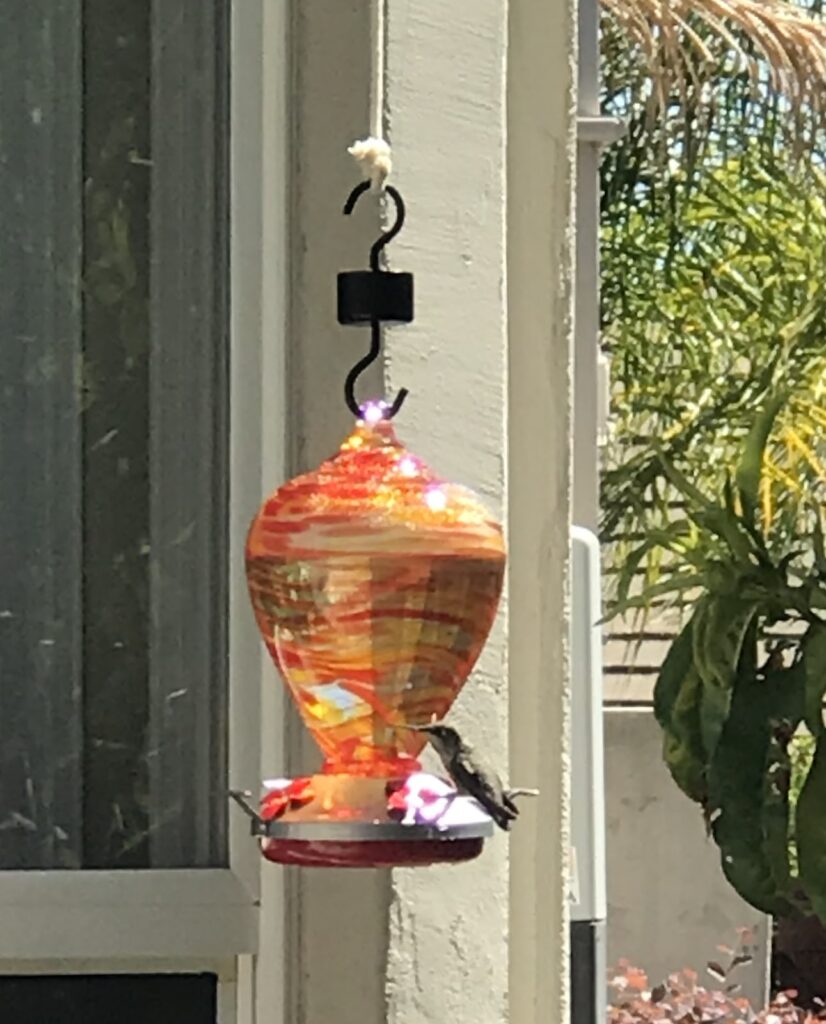
Doing the best at this moment puts you in the best place for the next moment. ~ Oprah Winfrey
When we began 2023 we decided to “go back to the basics” and revisit some solution-focused tools and skills while we focused on our own strengths and set personal goals. Now that we are half-way through the year, we wanted to look back and check-in on our progress. To do this, we’ve created a “Summer Self-Care” series; short and simple ideas to build upon these existing tools and to help focus on strengths in a solution-focused way.
In today’s installment we focus on how to get back on track after facing a “twist” in the road.
Back in January, Deb’s New Year’s solution was focused on sleep and developing a healthy bedtime routine. My goal in 2023 was to be more intentional each evening, by taking small steps to develop new healthy sleep habits. The first step was to use the “sleep schedule” in Apple Health to set a bedtime with a “reminder” an hour before, stopping TV, phone and computer screens and focusing on relaxing, reading, and other quiet and peaceful activities. While I started out motivated, the reality of work and family life seemed to intrude and I was staying up late again. I was off track and needed some motivation to get back to my new routine. I never owned a Kindle before and wondered if it might help me stick to my routine if I could travel easier with reading material. With the simple addition of the Kindle, I had new motivation for my routine and I was looking forward to my reading. I am now back on track, going to bed on-time (most nights!) and getting up early to walk before work and the heat of a Sacramento summer day. I’m not 100% successful, but I’m okay with that. If we recall the words by Winston Churchill, “Perfection is the enemy of progress.”
Here are 5 tips to help you get back on track:
- Remember your why. Take a minute to remind yourself why you wanted to set your goal in the first place. What were you trying to achieve? Take the opportunity to review your purpose and be intentional as you revisit your plans.
- Don’t dwell on the past. Solution-focused principles help an individual focus on the future and how to do more of what’s working. We don’t look backward. It sounds simple, but we can’t change the past, so let’s not waste our mental energy on things we do not have control over.
- Use your VIPs. Sometimes we do best when we have a close friend or family member help us be accountable. Simply sharing goals out loud with another individual can help us stay focused on our goals. In a solution-focused approach we engage with the VIPs (very important people) in our lives to support us in our journey.
- Journal your thoughts and feelings. While journaling typically means putting pen to paper, sometimes just talking to yourself and verbally addressing your goals, obstacles and challenges may be helpful. Always focusing on what’s going well and how you can do more of that.
- Be compassionate towards yourself. Affirming self-talk, which we’ve written about here, is important as a general practice, but even more so during times of encountering a “twist” in the road. Greet your inner critic with compassion, even if it may be challenging. After all, you’re only human.
We are living in a fast paced world, with competing demands on our time. Sometimes we need to just do our best and focus on the now, and hopefully we’ll be ready to move forward and get back on the best path for us.
We welcome anyone interested in our approach to Subscribe to our blog and we’ll email you when a new post is published!
If you are a health care professional and interested in learning more about our solution-focused practice and approach, when you subscribe to our blog, we’ll send you in return a FREE resource of 10 Solution-Focused Questions to start a solution-focused discussion with your clients.
Follow us on Twitter and Instagram @AFreshPOVforYou
Deb is employed by Dexcom, but her words and opinions in this blog are her own.
Tami is employed by the University of Kentucky HealthCare Barnstable Brown Diabetes Center, but her words and opinions in this blog are her own.

















